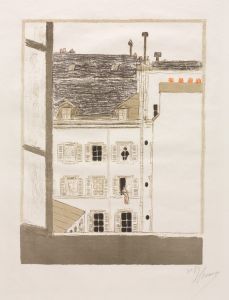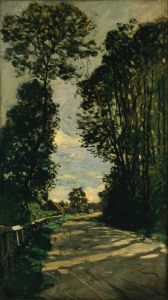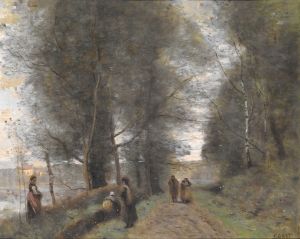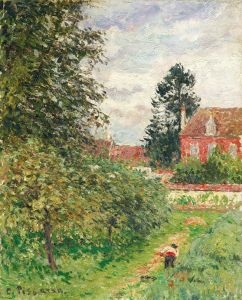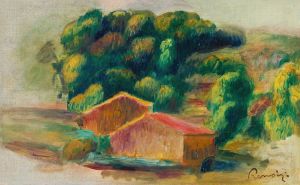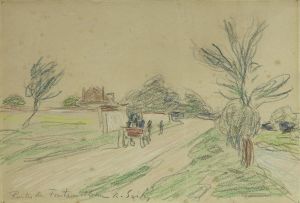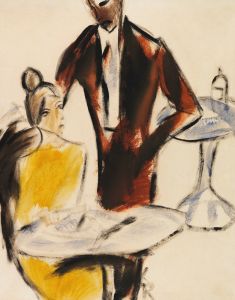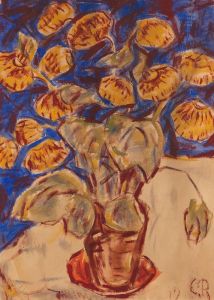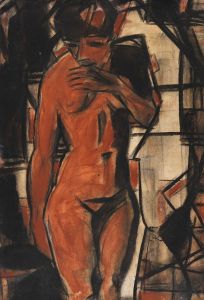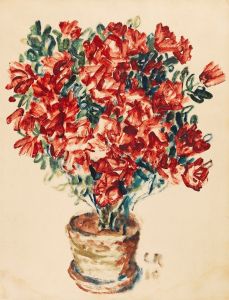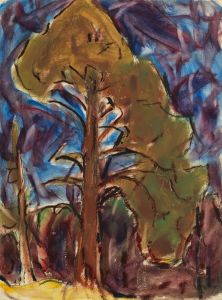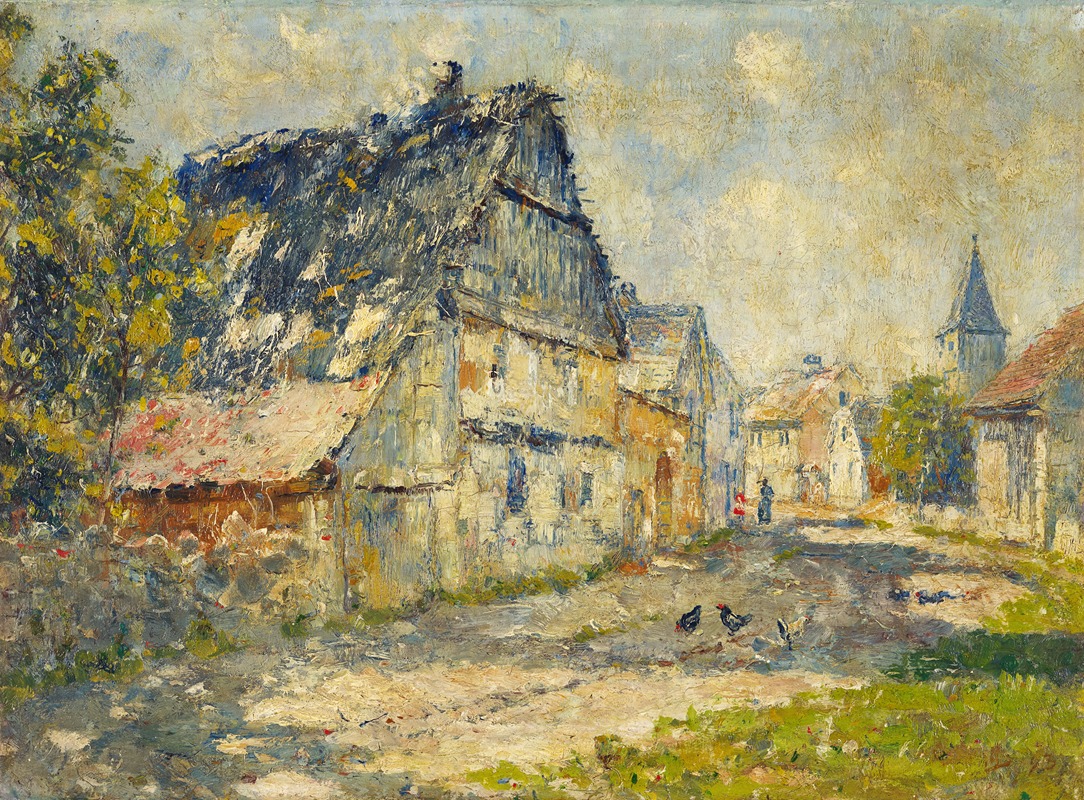
Village Street in Ehringsdorf near Weimar
A hand-painted replica of Christian Rohlfs’s masterpiece Village Street in Ehringsdorf near Weimar, meticulously crafted by professional artists to capture the true essence of the original. Each piece is created with museum-quality canvas and rare mineral pigments, carefully painted by experienced artists with delicate brushstrokes and rich, layered colors to perfectly recreate the texture of the original artwork. Unlike machine-printed reproductions, this hand-painted version brings the painting to life, infused with the artist’s emotions and skill in every stroke. Whether for personal collection or home decoration, it instantly elevates the artistic atmosphere of any space.
Christian Rohlfs was a prominent German painter associated with the Expressionist movement. Born on December 22, 1849, in Groß Niendorf, Germany, Rohlfs developed a distinctive style that evolved significantly over his lifetime, moving from Impressionism to a more expressionistic approach. One of his notable works is "Village Street in Ehringsdorf near Weimar," which reflects his mature style and artistic evolution.
"Village Street in Ehringsdorf near Weimar" is a painting that captures the essence of a small village scene with a focus on the street and surrounding architecture. Ehringsdorf is a district located near Weimar, a city with a rich cultural history in Germany. Weimar was a significant center for the arts and intellectual thought, particularly during the late 19th and early 20th centuries, which likely influenced Rohlfs during his time there.
Rohlfs' work is characterized by bold colors and dynamic brushstrokes, elements that are evident in this painting. His use of color and form conveys a sense of movement and emotion, typical of Expressionism, which sought to represent subjective experiences rather than objective reality. This approach allows viewers to engage with the painting on an emotional level, interpreting the scene through the lens of Rohlfs' expressive technique.
Throughout his career, Rohlfs was influenced by various art movements and contemporaries. Initially trained in the academic tradition, he later embraced Impressionism, which is evident in his earlier works. However, his style underwent a significant transformation after encountering the works of Vincent van Gogh and Edvard Munch, leading him to adopt the more emotive and abstract qualities of Expressionism. This shift is reflected in "Village Street in Ehringsdorf near Weimar," where the emphasis is on the emotional impact of the scene rather than precise details.
Rohlfs spent much of his career in Hagen, Germany, where he was associated with the Folkwang Museum. His work gained recognition for its innovative use of color and form, and he became an influential figure in the German Expressionist movement. Despite facing challenges during the Nazi regime, which condemned modern art as "degenerate," Rohlfs continued to paint until his death on January 8, 1938.
"Village Street in Ehringsdorf near Weimar" exemplifies Rohlfs' ability to capture the spirit of a place through his unique artistic vision. The painting not only reflects the physical characteristics of the village street but also conveys a deeper emotional resonance, inviting viewers to experience the scene through the artist's eyes. Rohlfs' contribution to modern art is significant, as he helped pave the way for future generations of artists to explore new forms of expression and abstraction.
In summary, Christian Rohlfs' "Village Street in Ehringsdorf near Weimar" is a testament to his skill as an Expressionist painter. The work highlights his mastery of color and form, as well as his ability to evoke emotion through his art. As a part of his broader oeuvre, this painting contributes to our understanding of the evolution of modern art in Germany and the enduring impact of Expressionism.





